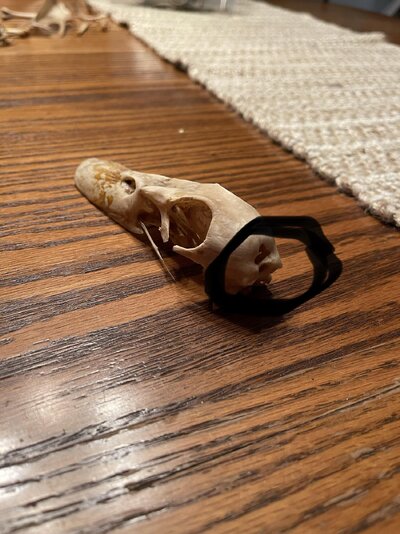A boy with ducks
Chirping
- Jul 7, 2023
- 60
- 143
- 81
STOP buying crested ducks. The little fluff on their head is a deformity that is literally a hole in their skull and will sometimes make them dizzy and fall over. I want to start a cult to ban breeding crested ducks if you didn’t know this and you have a crusted duck, I’m not trying to be mean, but I just think it’s dumb that people breed animals with deformities on purpose so let’s band breeding crested ducks




